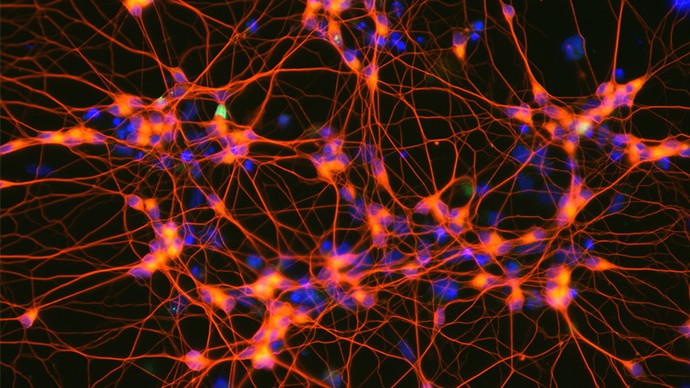The use of stem cells to treat illnesses continues to break barriers in the medical world. In Penn State, USA, for instance, there are scientists who have discovered how to turn stem cells into motor neurons. They have, in addition, also uncovered the cellular mechanisms that control the programming of the stem cells.
The Programming of Stem Cells
Given their special regenerative ability, stem cells can be used to treat a wide range of diseases. The programming process, however, includes multiple independent changes that eventually converge to change the stem cells. the new study has opened new avenues of approach for more advanced methods of gene therapy. But in earlier studies, the same researchers successfully used embryonic stem cells from mice and turned them into motor neurons. This process took about two days to complete. The researchers then analysed this transformation to better understand the mechanisms at both the cellular and genetic levels.
Scientists used a cocktail of transcription factors involving gene expression and modifications to the chromatin which forms chromosomes within cells. The efficiency of this embryonic method on mice has given the researchers details of the mechanisms taking place within cells. Their success rate of stem cell to motor neuron transformation is over 90 percent. The embryonic method differs from direct programming which completely replaces the gene transcription network with a new one within the cell.
What are Motor Neurons?
A motor neuron is a nerve cell forming part of a pathway along which impulses pass from the brain or spinal cord to a muscle or gland. When these nerve cells are damaged, or stop working properly, Motor Neurone Disease occurs. This is also known as Amyotrophic Lateral Sclerosis.
The motor neurons control important muscle activity such as: swallowing, speaking, walking, breathing and gripping. When the disease progresses, which is known as neurodegeneration, people with Motor Neuron Disease find some or all of these activities increasingly difficult.
There’s no single test to diagnose Motor Neurone Disease and diagnosis is based mainly on the opinion of a neurologist. The early symptoms of the disease usually include:
- Slurring of speech or swallowing difficulties due to weakness of the tongue and throat muscles.
- Stumbling due to weakness of the leg muscles.
- Cramps and muscle twitching.
- Difficulty holding objects caused by weakness of the hand muscles.
The direct programming technique is seen as having more potential as it can be performed both outside and inside the body at the location of cell damage. Given the complexities of the procedure, many scientists question its viability at this early stage. But the new knowledge gained in this study will give hope for future applications to manipulate and repair or replace cells in the brain and spinal cord which are destroyed by diseases like ALS and Spinal Muscular Atrophy.
If stem cells are able to be turned into motor neurons and improve the symptoms of ALS, many patients and their families will have found the answer they’ve been looking for all along.
H/T WorldHealth.net




 English
English